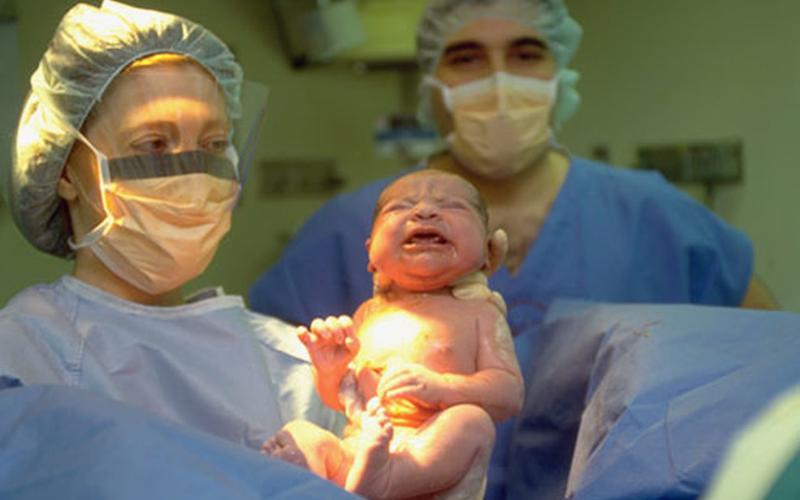During pregnancy, expectant mothers are naturally curious about their growing baby’s appearance, developmental milestones, and overall health. Below is a detailed breakdown of the fetal development process month by month, providing insights into the incredible journey of an unborn child.
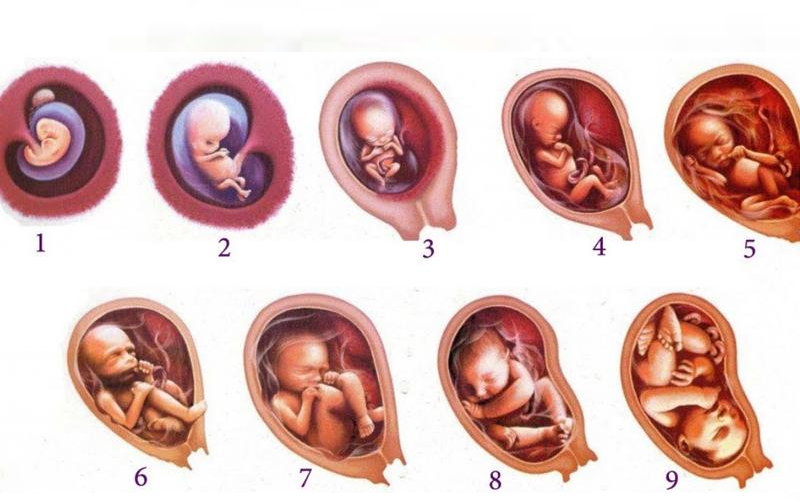
Conception:
Conception occurs when sperm penetrates the egg, and at this stage, the baby’s genetic makeup, including gender, is already determined. Within three days of fertilization, the fertilized egg rapidly divides, forming an embryo. The embryo then travels through the fallopian tube and attaches itself to the uterine wall for further development.
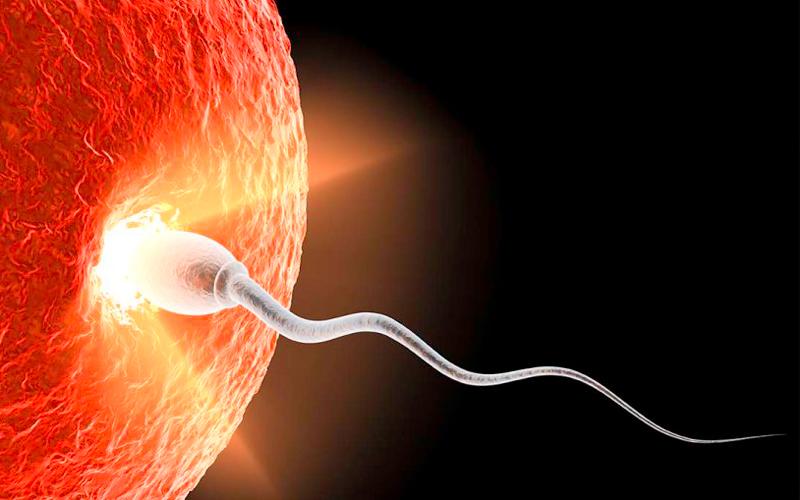
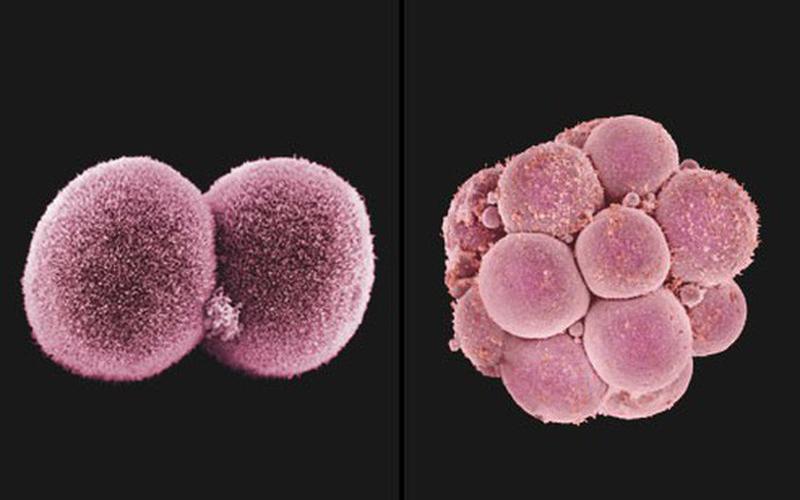
Month 1:
The first month of pregnancy is a crucial period for the formation of the baby’s facial and neck structures. While the heart and blood vessels continue to develop, other internal organs such as the lungs and stomach start to take shape.
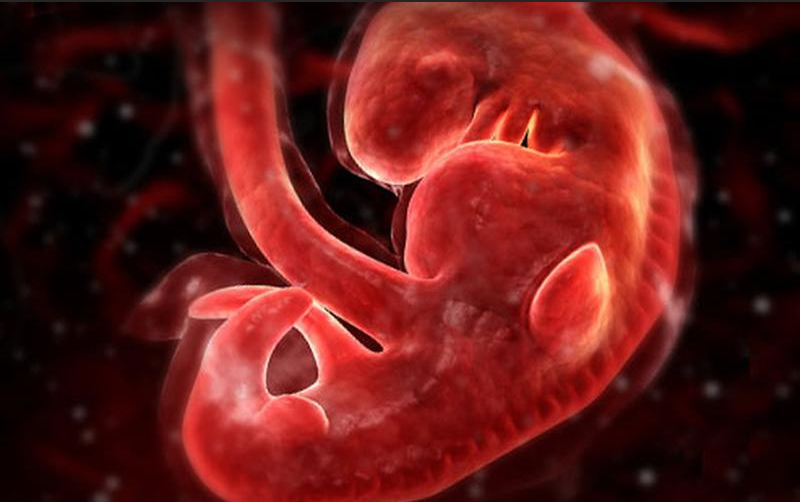
Month 2:
At this stage, the baby is approximately 1-1.3 cm in size. Their eyelids and ears are forming, and their facial features, including the nose, can be visible via ultrasound. The baby’s arms and legs are also starting to grow, with distinct fingers and toes becoming more evident.
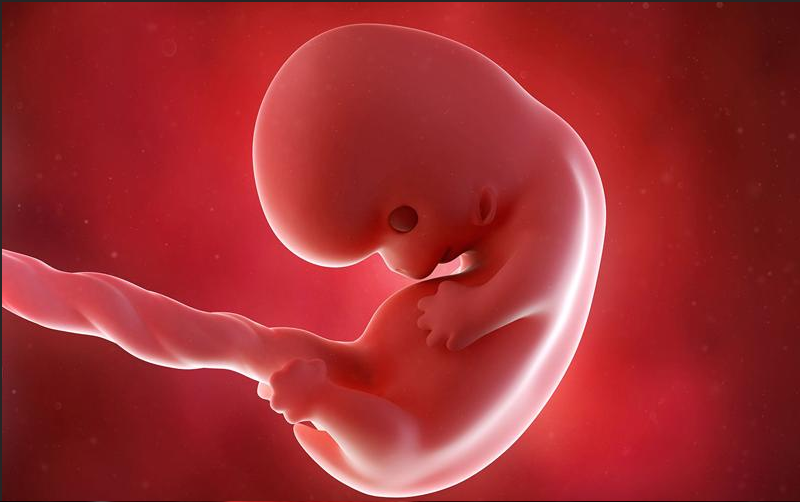
Month 3:
The baby is now around 5 cm in length and starting to move independently. Expectant mothers may begin to feel the wondrous presence of their baby’s movements in the lower abdomen, above the pubic bone. The doctor can also detect the baby’s heartbeat using specialized instruments. Additionally, the baby’s reproductive organs should begin to develop.
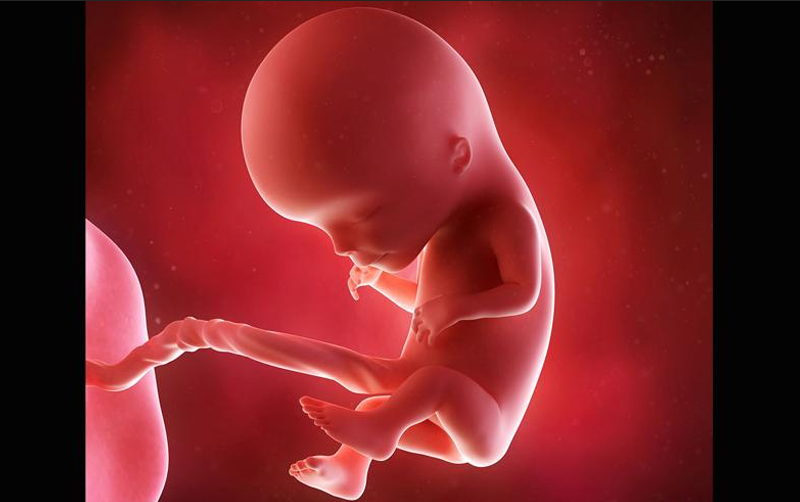
Month 4:
During this month, the baby measures around 11-11.7 cm and weighs about 100g. The mother can feel the uterus just below the navel, around 4.5 cm above the pubic bone. The baby’s eyes can blink, and their heart, along with blood vessels, is fully formed. Their fingers and toes also have distinct fingerprints.

Month 5:
The baby reaches approximately 15.3 cm in length and weighs around 280g. By now, the baby has grown significantly, and the mother may feel their movements, including sucking their fingers, yawning, and making various facial expressions. It won’t be long until the mother can feel the baby’s movements from the outside.
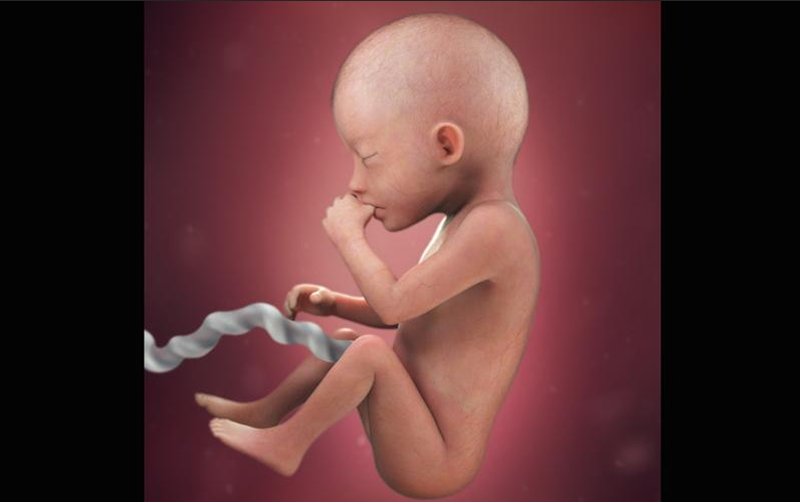
Month 6:
The baby now weighs over 630g and can react to sounds with movements or an increased heart rate. They may respond to the mother’s whispers each day, and their body functions are well-developed.

Month 7:
During this month, the baby grows rapidly and weighs around 1.1kg. They frequently change their position while being more active. If born prematurely, there is a high chance of survival. Mothers are advised to be cautious regarding diet, activities, and the risk of preterm birth.
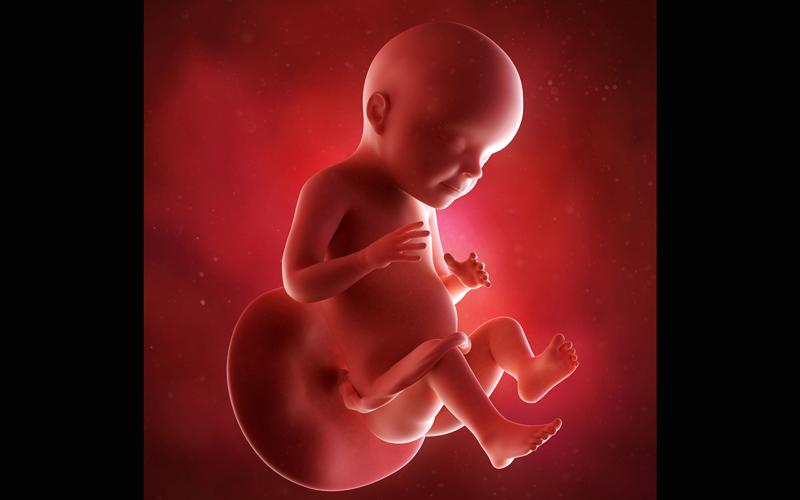
Month 8:
By the eighth month, the baby weighs about 1.8kg and actively moves around. Their skin appears smoother due to the accumulation of fat underneath. If born now, the baby will reach a weight equivalent to half of their full-term weight. Mothers may want to keep track of the baby’s movements and have regular check-ups.
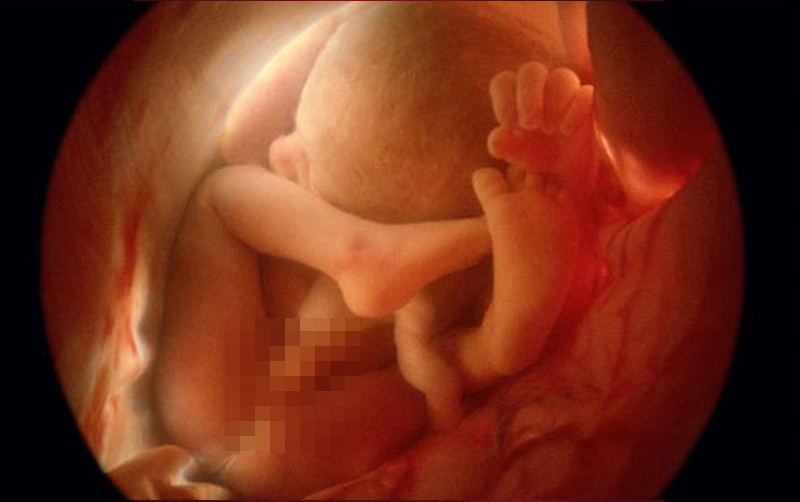
Month 9:
In the final month, the baby has fully developed and usually turns head down into the pelvic area, preparing for birth. The weight and length may vary depending on the baby’s gender, multiple pregnancies, and parental size. On average, babies at this stage weigh about 2.8kg and measure around 50cm.
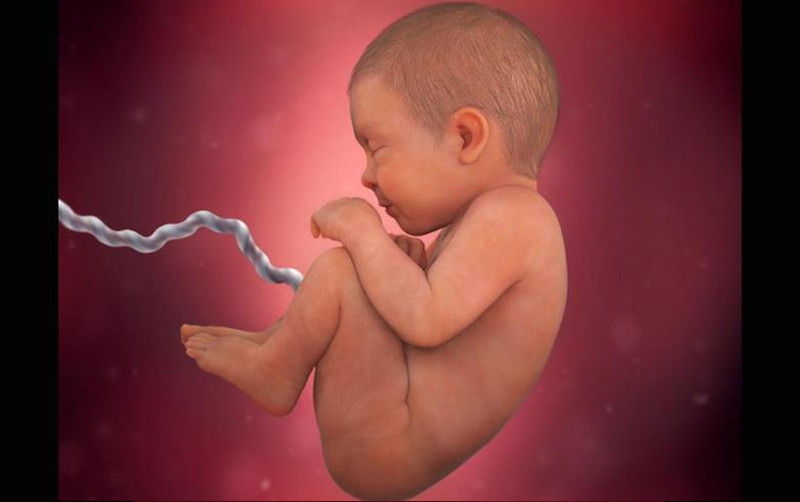 *
*
Birth:
The baby is born around the end of the 40th week, calculated from the first day of the mother’s last menstrual period. The gestational period can range between 38 and 42 weeks.
